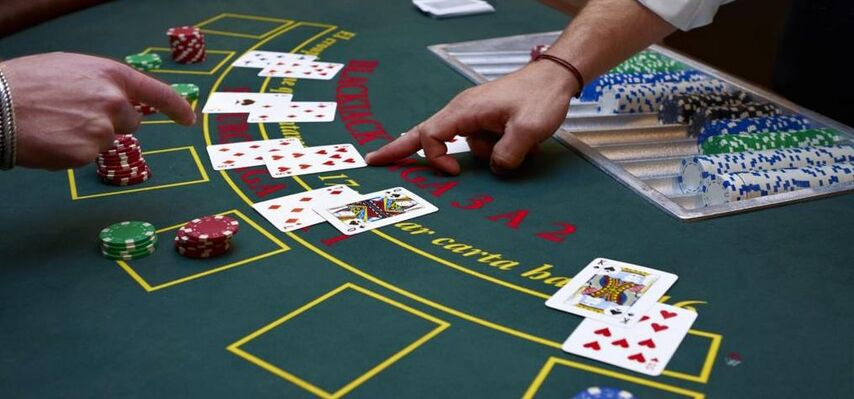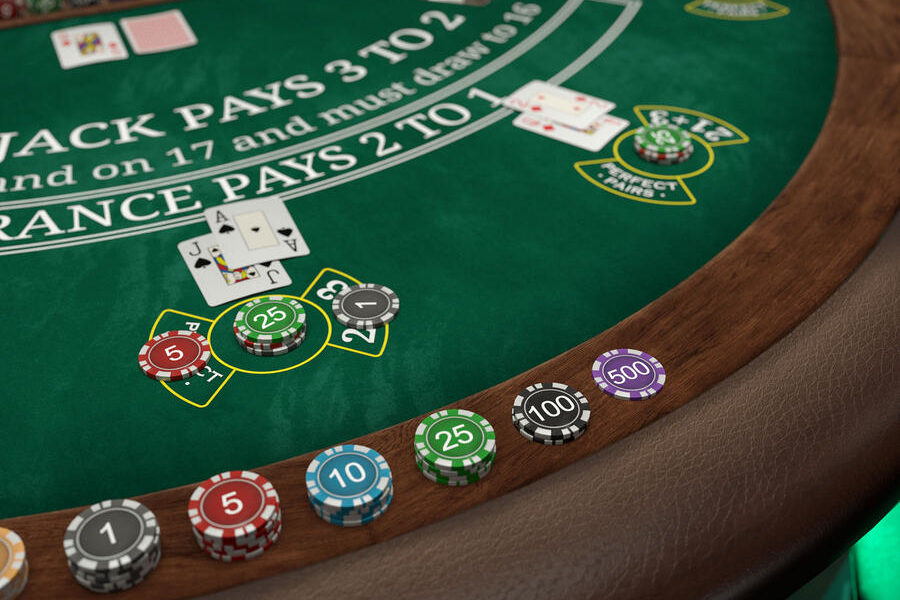Blackjack rules

Blackjack, also known as Twenty-One or Pontoon, is one of the most popular casino card games in the world. Much of its popularity is due to a combination of randomness with elements of skill and the publicity associated with card counting (keeping track of which cards have been played since the last shuffle).
A bit of history
The forerunner of blackjack was vingt-et-un (“twenty-one”), which originated in French casinos around 1700 and did not offer a 3: 2 for two card 21 bonus. When blackjack first appeared in the US, it was not very popular, so gambling houses tried to offer various bonus payouts to attract players to the tables.
One such bonus was a 10-to-1 payout if a player’s hand combined an ace of spades and a black jack (the jack of clubs or jack of spades). This hand was called ‘blackjack’ and this name stuck with the game even though the bonus payout was soon abolished. As the game is played nowadays, “blackjack” may not contain a jack at all.

Rules
Hands in blackjack are valued on the basis of their point total. The hand with the highest total wins if it does not exceed 21; a hand with a total of more than 21 points is considered an override. Cards 2 through 10 have a face value of 10, and face cards (Jack, Queen, King) are also worth 10. The value of an Ace is 11, unless this would cause a player to be eliminated, in which case it is worth 1.
A hand in which the value of an ace is deemed to be 11 is called a soft hand because it cannot be broken if the player draws another card. Each player’s goal is to beat the dealer with a higher, undefeated hand. Note that if the player goes broke, he loses even if the dealer also goes broke (which is why Blackjack favours the dealer).
If both the player and the dealer have the same number of points, it’s called a “flush” and neither the player nor the dealer wins the hand. Each player has an independent game with the dealer, so the dealer can lose to one player but still win the other players in the same round.
Blackjack game example
The minimum bet is printed on a sign on the table and varies from casino to casino and even from table to table. The most common minimum is $5. After the initial bet has been placed, the dealer deals cards from either one or two handed packs of cards, known as a ‘step’ game, or, more commonly, from a shoe containing four or more decks.
The dealer deals two cards to each player, including himself. One of the dealer’s two cards lies face up so that all players can see it, and the other is face down. A face down card is known as a ‘closed card’. In European blackjack a face down card is not actually dealt until all players have played their hands.
Cards are dealt face up from the shoe or face down if it is a turn-based game. A hand of two cards out of 21 (an ace plus a dime card) is called “blackjack” or “natural” and is automatically the winner. The player with a natural move is usually paid 3:2 on his bet.
In 2003, some casinos began paying only 6:5 for blackjack; although this reduced payout was usually limited to single deck games where card counting would otherwise be a viable strategy, long-time blackjack players condemned this move.
